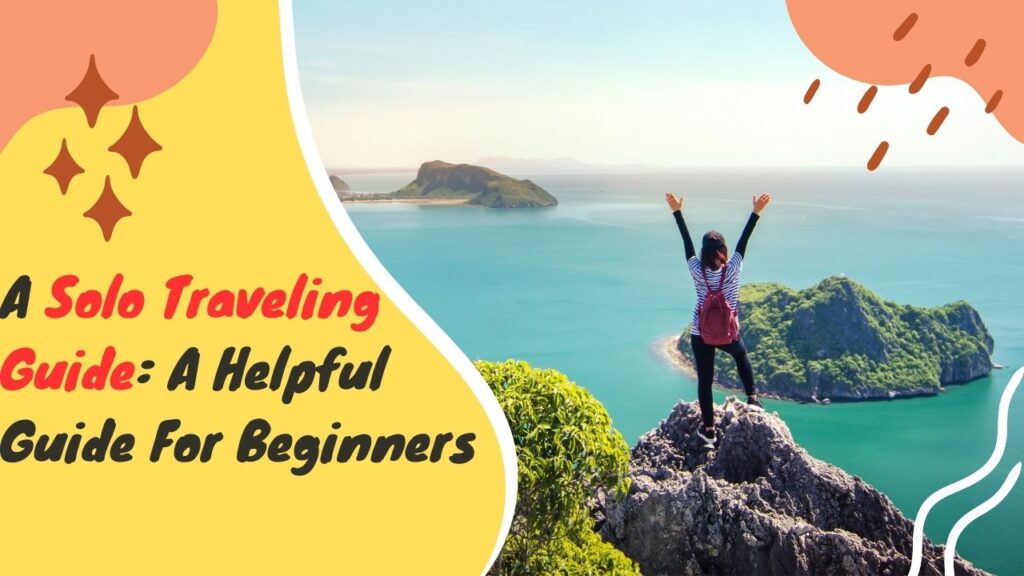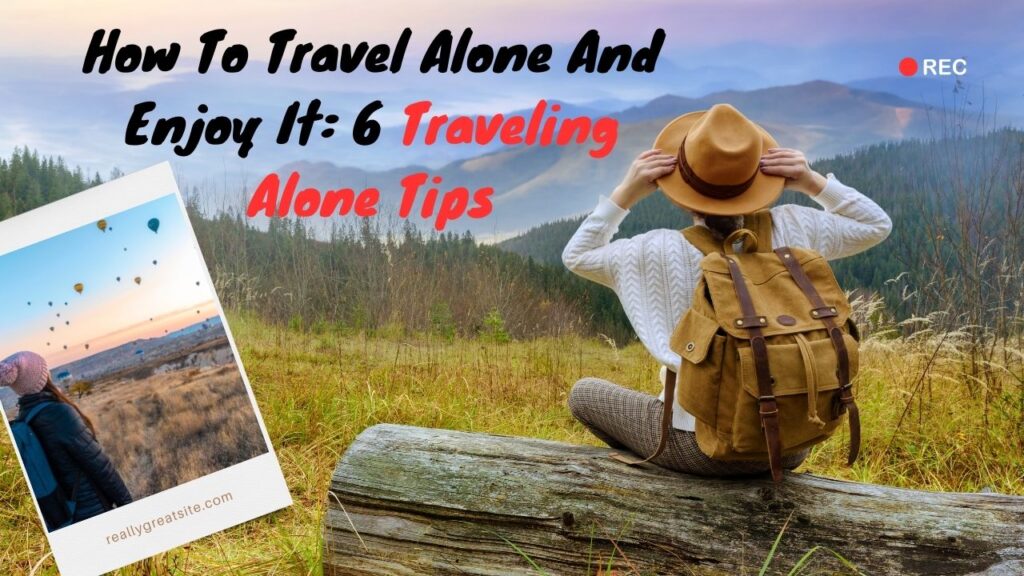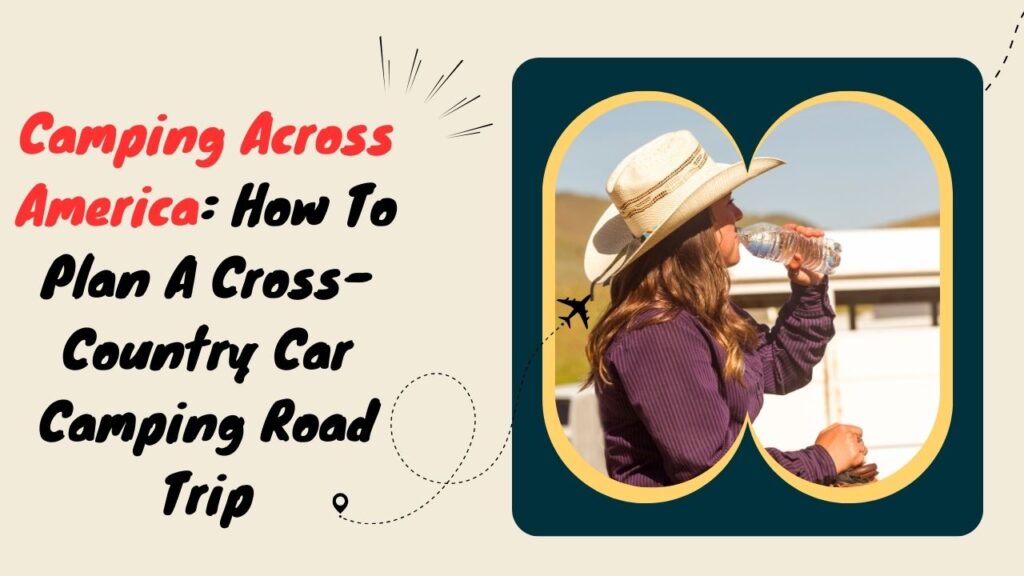Table of Contents
Introduction
Traveling Alone Tips: Solo travel has a charm all its own. There’s something incredibly freeing about setting out on an adventure with just yourself for company. No need to compromise on plans, no waiting on others’ schedules—you’re free to explore exactly how and where you want.
For many, traveling alone becomes a journey of self-discovery, where you learn to rely on yourself, make decisions independently, and embrace every moment fully.
It’s a time to really connect with yourself, find out what you love, and enjoy a fresh perspective on the world around you.
Learning to enjoy your own company can be one of the greatest gifts of solo travel. When you travel alone, you get the chance to try new things and explore new places without anyone else’s opinions or influences.
You’re able to discover what genuinely excites you, whether it’s a quiet morning at a cafe, a daring hike up a mountain, or simply wandering down charming side streets.
These experiences can be fulfilling in a way that’s hard to match, making the journey feel uniquely your own.
In this guide, we’ll go over six essential tips to make your solo travel experience enjoyable and memorable.
From picking the right destination to connecting with locals, these tips are all about making your journey smooth, safe, and truly delightful.
1. Choose a Destination That Excites You

Choosing the right destination is one of the most important steps in planning a solo trip, especially if it’s your first time traveling alone.
Picking a place that genuinely excites you can make all the difference—it’ll set the tone for your adventure and help you feel motivated and confident.
When you’re traveling solo, you have the freedom to choose a destination based on your own interests, whether it’s a bustling city, a peaceful beach, a nature retreat, or a cultural hub.
If you’re new to solo travel, it’s a good idea to start with a destination that’s beginner-friendly and safe.
Look for places known for welcoming tourists, with good public transportation and plenty of activities.
Some popular spots for solo travelers include cities with rich history, vibrant local cultures, or easy-to-navigate layouts, such as Kyoto, Amsterdam, or Lisbon.
But don’t limit yourself—choose a destination that aligns with what you’re passionate about.
2. Plan, but Leave Room for Spontaneity
When traveling solo, a little planning goes a long way, but don’t feel like you need a rigid schedule for every minute of the trip.
Start with a loose itinerary that covers the main spots you want to visit and activities you’re excited about, but leave room for spontaneous adventures.
Some of the best experiences happen when you wander off the beaten path or discover something unexpected—a hidden cafe, a street performer, or a peaceful park tucked away from the crowds.
By balancing planning with flexibility, you’ll have enough structure to feel confident and enough freedom to make the trip your own.
For instance, plan some must-see sights for the day, but don’t stress about rushing through a checklist. If you find yourself captivated by a local market or chatting with a new friend, give yourself the freedom to linger.
This mix of planned activities and open time allows you to enjoy the journey fully, savoring each moment instead of hurrying to the next. Embrace the surprises along the way—they often become the highlights of a solo adventure.
3. Stay in Social Accommodations: Traveling Alone Tips

One of the best ways to make solo travel enjoyable and enriching is to choose accommodation that offers both comfort and social opportunities.
Staying in social accommodations, like hostels, guesthouses, or even Airbnb stays with friendly hosts, is perfect for solo travelers looking for a mix of independence and interaction.
Hostels, for instance, often have common areas and group events, creating natural chances to meet other travelers from all over the world. Many hostels even organize outings, like city tours or pub nights, making it easy to join in without much planning on your part.
If hostels aren’t your style, guesthouses or smaller hotels can still provide a friendly atmosphere.
Many solo travelers also enjoy homestays or Airbnb options where hosts offer local insights or a warm, welcoming environment.
Engaging with locals through your accommodation can add a layer of connection to your trip, as hosts often have great recommendations for hidden gems in the area or local events that might not be in the guidebooks.
Before booking, reading reviews is essential, especially reviews from other solo travelers.
Reviews give you an idea of the vibe of the place—whether it’s more social or laid-back—and can offer valuable insights on safety, location, and amenities.
Pay attention to mentions of the surrounding area too, like whether the neighborhood is safe, easy to navigate, and close to local attractions.
Read More4. Bring Essentials for Comfort and Safety
Packing smart is essential for a smooth and enjoyable solo trip, and the key lies in mastering the art of packing light. When you’re on your own, carrying only the essentials makes moving around much easier.
Start by choosing versatile clothing pieces that you can mix and match—neutral colors and layers are great because they work in various settings.
Avoid packing “just in case” items that you’re unlikely to need; focus instead on what’s truly necessary to keep your luggage manageable.
In addition to clothing, a few safety gadgets can make a big difference. A portable charger is a must-have for solo travelers since you’ll likely rely on your phone for maps, reservations, and keeping in touch.
Having your devices fully charged keeps you connected and prepared, especially in unfamiliar areas. A small travel lock is also handy for securing your bag or locker in hostels, giving you peace of mind when you’re out and about.
Don’t forget a basic first-aid kit with essentials like band-aids, antiseptic wipes, and any personal medication. Being prepared for minor injuries or headaches saves you from scrambling for supplies in a pinch.
A travel pillow can make long flights or bus rides much more bearable, allowing you to rest up for your adventures.
Noise-canceling headphones are another lifesaver, helping you tune out background noise whether you’re in a bustling airport or a shared dorm.
5. Engage with Locals and Other Travelers
One of the most rewarding aspects of solo travel is the opportunity to connect with new people, both locals and fellow travelers.
Even if you’re on your own, it’s easy to meet others and make meaningful connections that can enrich your journey.
A great way to start is by practicing a few social tips—small gestures like a smile, a friendly greeting, or a simple question about local recommendations can break the ice in almost any setting.
Cafes, parks, and public events are fantastic places to strike up conversations, and most people are happy to share insights or chat with someone interested in their city.
Joining group activities or tours is another great way to meet like-minded people who are also eager to explore.
Using social apps designed for travelers can also be incredibly helpful. Apps like Meetup allow you to join group events tailored to your interests, from hiking to food tastings.
Couchsurfing offers meet-ups with locals and travelers in many cities, and you don’t have to stay with someone to join their events—just sign up and join in.
Travel forums and apps like Facebook groups dedicated to solo travelers can also lead to friendly meet-ups and advice on where to go.
These platforms make it easy to find a company without any pressure, so you can enjoy a mix of social time and personal time on your trip.
While connecting with others is exciting, it’s important to respect cultural etiquette to build positive relationships.
Different countries have different customs, so taking the time to learn the basics—like how people greet each other, the right way to dress, or when to be quiet—can make a big difference.
Simple gestures like learning a few phrases in the local language or observing how locals interact show that you respect their culture, which people usually appreciate.
6. Document Your Journey: Traveling Alone Tips

Capturing memories is one of the best ways to make your solo travel experience last long after the trip is over. When you’re traveling alone, you’re free to soak up every moment, but it’s also wonderful to have a way to reflect on those memories later.
One of the simplest ways to document your journey is by journaling. At the end of each day, jot down a few thoughts about what you saw, did, or felt.
Write about the people you met, the meals you enjoyed, or the unexpected moments that made you smile.
Not only does journaling help you remember details you might forget, but it also adds depth to your experience, allowing you to process and appreciate each part of your journey.
Photography is another powerful tool for capturing the essence of your travels. With a camera or even just your phone, you can snap shots of beautiful landscapes, local landmarks, or candid moments that represent the spirit of each place.
Try capturing small details too—like a colorful market stall, an intricate street mural, or the patterns in local architecture. These photos will help you tell the story of your journey, reminding you of all the little things that made your trip special.
Read MoreConclusion
Traveling Alone Tips: Solo travel is a beautiful blend of freedom, discovery, and personal growth. Embracing the adventure on your own terms allows you to explore new places, meet incredible people, and create memories that are truly yours.
With a bit of preparation and an open heart, traveling alone can be one of the most fulfilling experiences of a lifetime. So go ahead—set out, savor each moment, and let the journey shape you in ways you’ll cherish forever. Safe travels.
